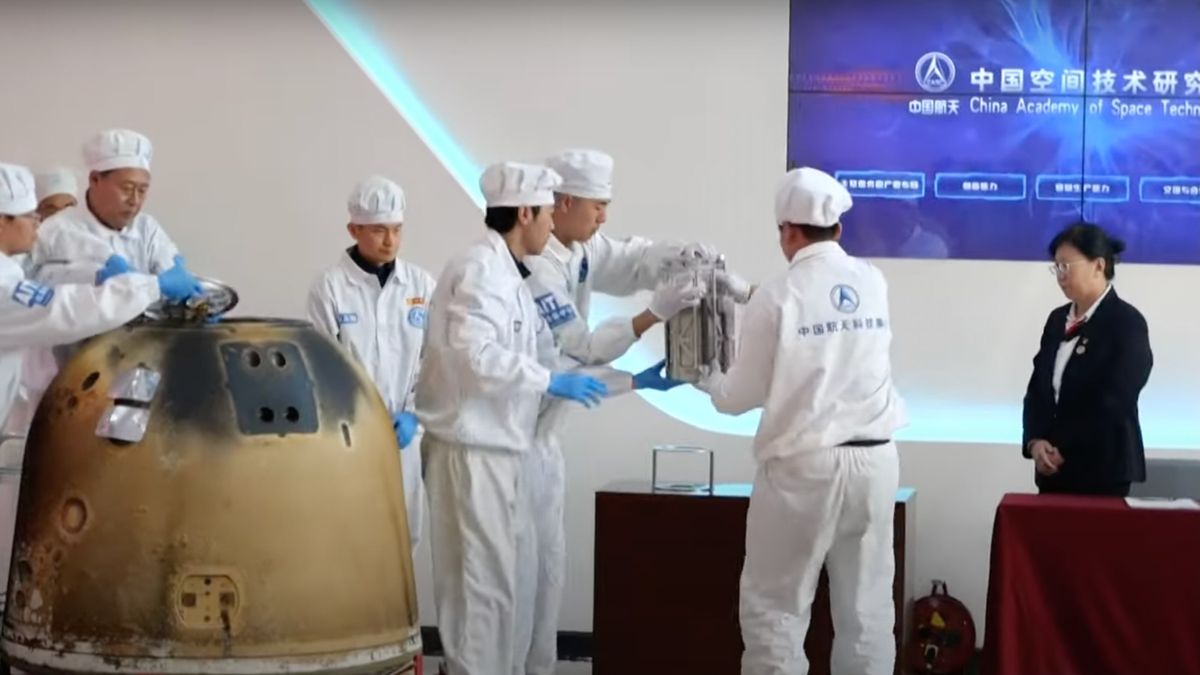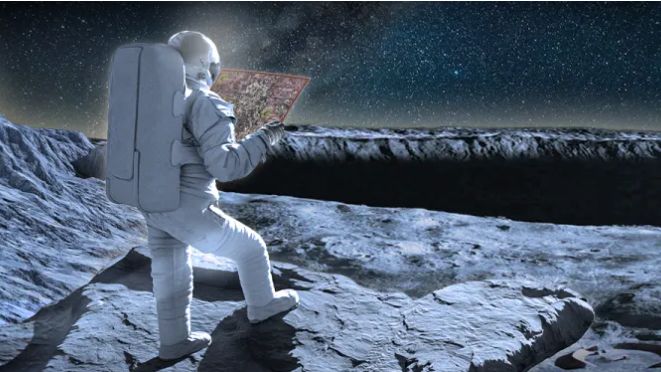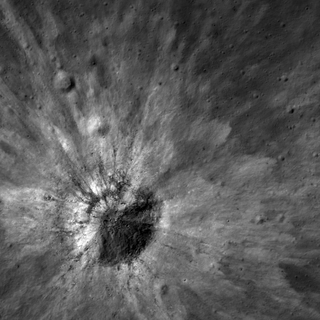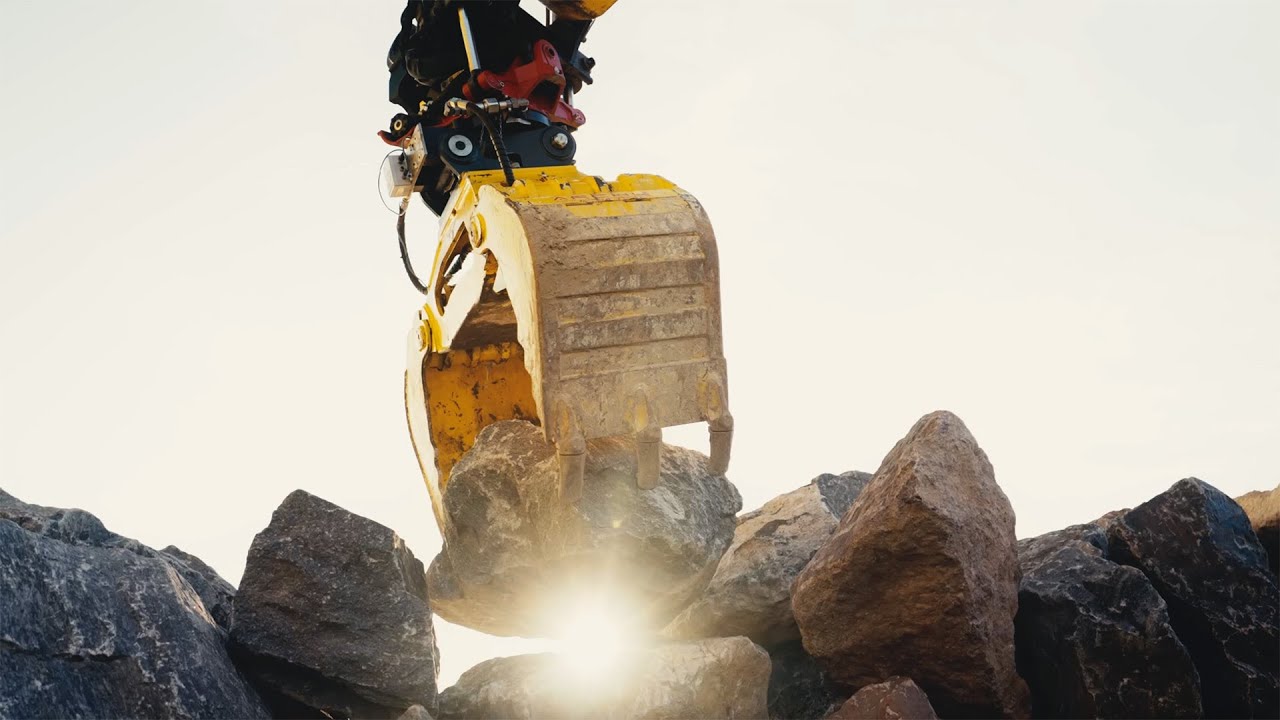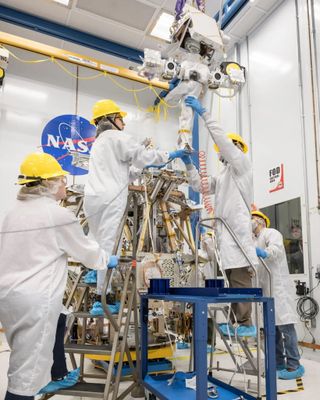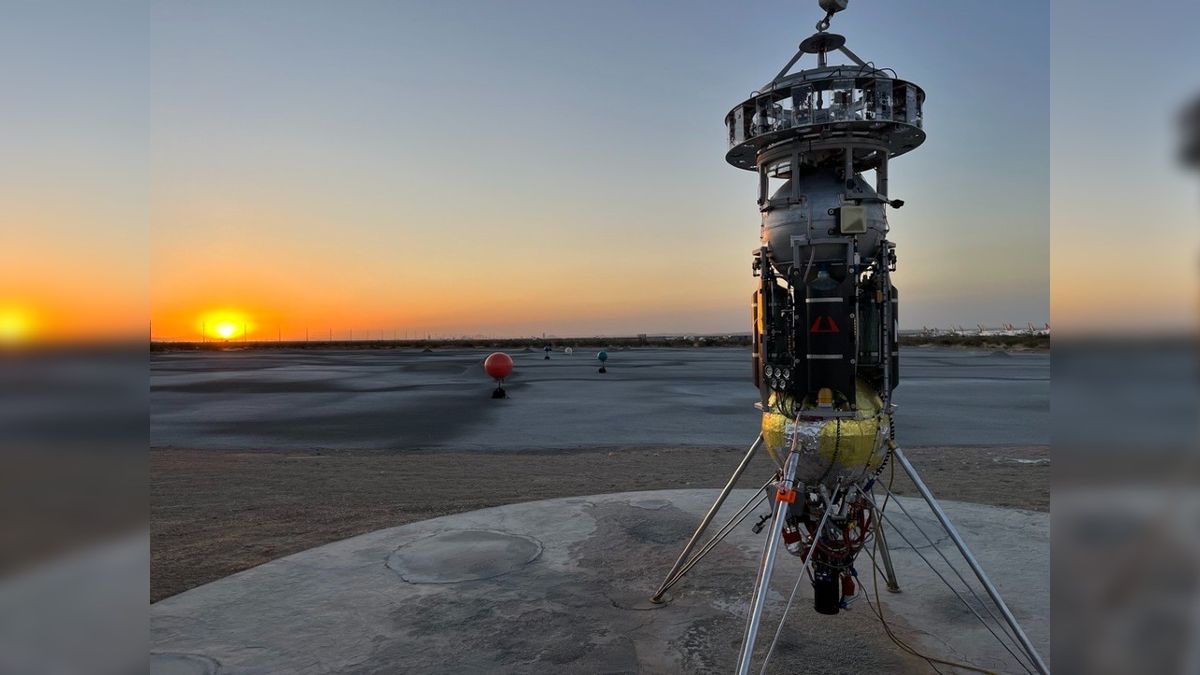China has strutted out its moon-landing spacesuit, unveiling its design in a ceremony Saturday (Sept. 28) in southwest China’s Chongqing Municipality. A technician put the spacesuit — which China aims to start using on crewed moon missions by 2030 — through its paces, showcasing various movements and gestures, including climbing the rungs of a ladder. The overall design of the moon-landing suit is inspired by traditional Chinese armor, underscoring the suit’s rugged and resolute appearance. It also features ribbons, which have always been an important element in the design of Chinese…
Read MoreTag: The moon
What the 1st analysis of China’s Chang’e 6 lunar far side samples revealed
We finally have a glimpse of the first-ever samples collected from the far side of the moon. The first paper on the samples collected from China’s Chang’e 6 lunar probe reveals that the specimens differ in some ways from those collected from the moon’s near side. Thus, they could provide fresh insights and lead to new theories about the moon and its evolution. China launched its complex, 53-day-long Chang’e 6 lunar far side sample return mission in early May. A lander scooped and drilled for samples inside an area known…
Read MoreNASA invites public to design Artemis moon mission navigation tech
NASA is seeking the public’s help for innovative solutions to help Artemis astronauts navigate in and around the lunar south pole. The Artemis program aims to land humans on the moon for the first time since the Apollo missions managed to achieve the feat over 50 years ago. Astronauts will land near the lunar south pole, where permanently shadowed regions may contain areas of water ice that could be accessed to support future missions to Mars. The Lunar Navigation Challenge, which officially opened on Sept. 4, seeks ideas for a…
Read MoreThe moon’s thin atmosphere is made by constant meteorite bombardment
It is easy to imagine the moon as an atmosphere-less hunk of rock orbiting Earth. However, while lacking breathable air, our planet’s loyal natural satellite companion does have a thin and wispy atmosphere. Scientists have long puzzled over the existence of this tenuous atmosphere or “exosphere” and have searched for the main process that sustains it, but new research indicates that this tenuous lunar atmosphere or “exosphere” owes its existence to renewal and replenishment caused by the violent bombardment of space rocks upon the moon. The team behind the research…
Read MoreCan the moon help preserve Earth’s endangered species?
Could the moon soon be home to frozen biological samples of Earth’s endangered creatures? New research suggests scientists could use naturally occurring lunar cold spots, some of which haven’t seen sunlight for billions of years, to do just this. Recent studies have shown that as many as 8 million species exist on Earth, and over 1 million of these are under threat of extinction. Worryingly, this estimate could be the tip of the iceberg, as there could be many species that could become extinct before they have even been identified.…
Read MoreMoon robots could build stone walls to protect lunar bases from rocket exhaust
An autonomous, robotic hydraulic excavator could build a dry stone wall to act as a blast shield around a launch pad on the moon, propose a team of Swiss researchers. The excavator would make use of in situ materials (rather than the costly practice of transporting building material from Earth to the moon), collecting rocks on the lunar surface for use in a ringed wall with a radius of between 50 and 100 meters (164 to 328 feet). “The robot would be used to both collect the boulders as well…
Read MoreEurope on the moon: ESA targeting 2031 for 1st ‘Argonaut’ lunar lander mission
A European moon lander being developed to provide the continent autonomous access to the moon is targeted to launch in 2031, according to a development call published last week by the European Space Agency (ESA). The robotic lander, called Argonaut, is expected to lift off on an Ariane 6 rocket, which after a long series of delays made its debut flight on July 9. ESA wants Argonaut to perform multiple deliveries of cargo and science instruments to the moon. The lander will be capable of ferrying up to 4,600 pounds…
Read More‘A dark day for lunar science:’ Scientists shocked as NASA cancels VIPER moon rover
It is a classic wait-a-minute Moon moment. The message from NASA last week: “NASA Ends VIPER Project, Continues Moon Exploration.” The space agency’s Volatiles Investigating Polar Exploration Rover (VIPER) project had undergone a comprehensive internal review. NASA found price tag sticker shock, delays to the launch date, and risk of future cost growth – reasons to “stand down” the lunar ice-hound mission. Some disassembly required At this point in time, NASA had put in $450 million into VIPER. NASA said it’s planning to disassemble and reuse VIPER’s instruments and components…
Read MoreThe moon on Earth: Astrobotic unveils ‘proving ground’ for future lunar missions
Astrobotic has unveiled a lunar testing ground to help prepare for a range of coming moon missions. The roughly 330-by-330-foot (100 by 100 meters) Lunar Surface Proving Ground (LSPG) in Mojave, California, is a high-fidelity 3D test field that replicates conditions on the moon. The LSPG, modeled using Astrobotic’s LunaRay tools, simulates lunar topography and the extreme lighting conditions at the lunar south pole. It will be used for testing precision lunar landing technologies, such as LiDAR scanners, as well as driving rovers and other robotic systems. “Our Lunar Surface…
Read MoreWhat happened to China’s Chang’e 6 lander on the moon’s far side?
China’s Chang’e 6 mission has successfully delivered to Earth the first-ever samples from the far side of the moon. But what became of the lander that collected the lunar material? Chang’e 6 launched on May 3. The mission consisted of four spacecraft — an orbiter, lander, ascent vehicle and reentry capsule. The lander touched down in Apollo crater on June 1, with the main task of scooping and drilling for unique samples from the lunar far side and loading them into the ascender to be blasted into lunar orbit. The…
Read More
